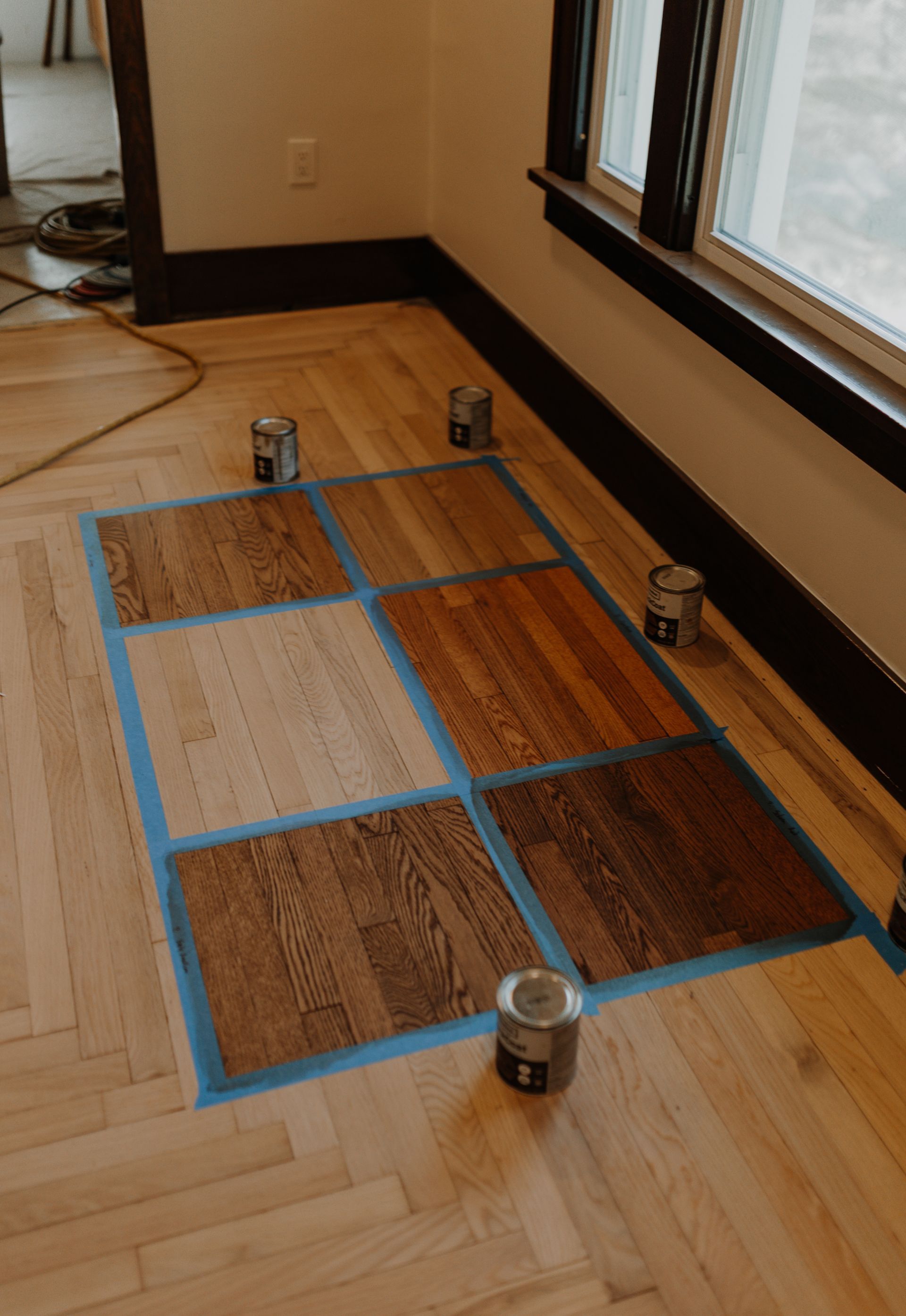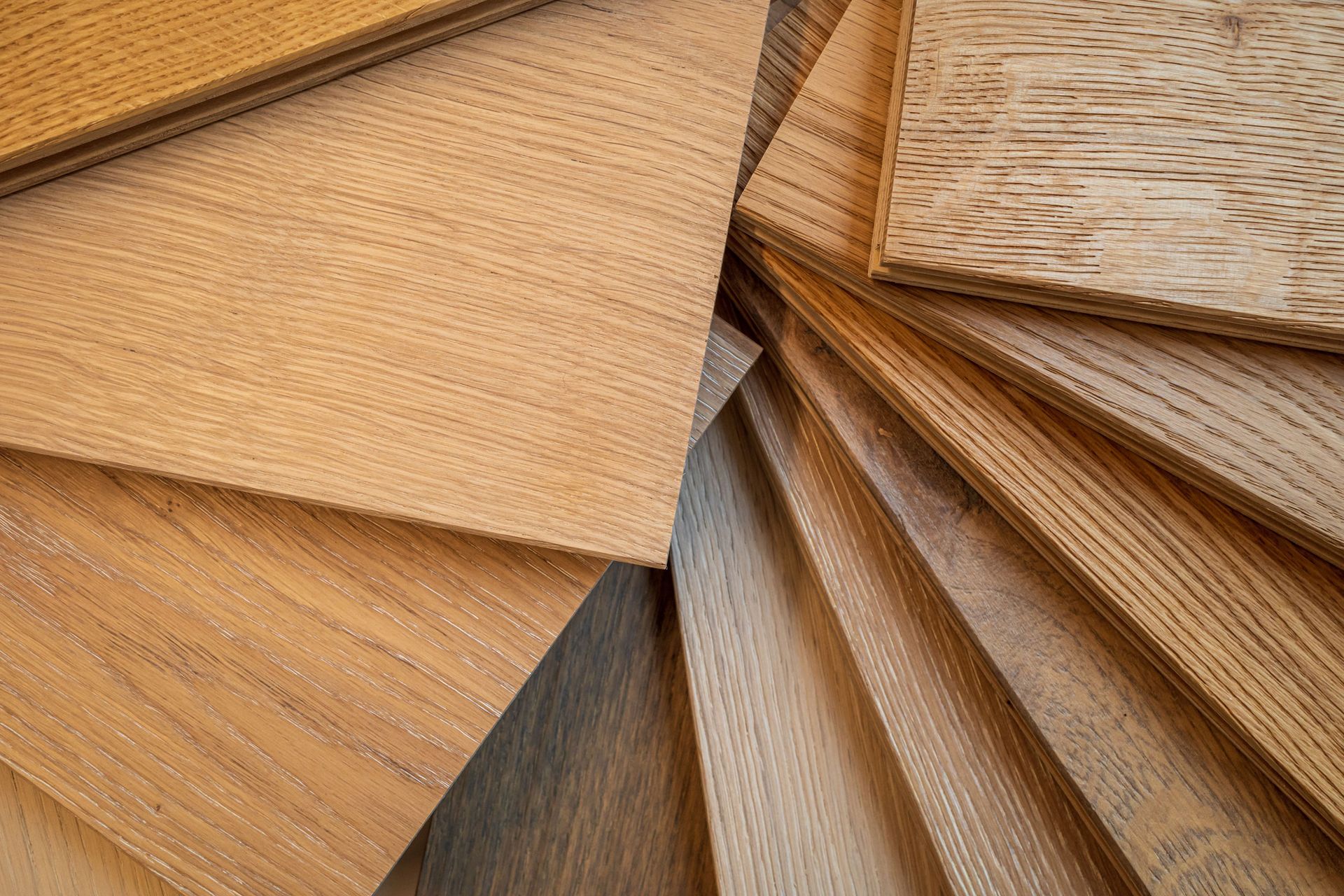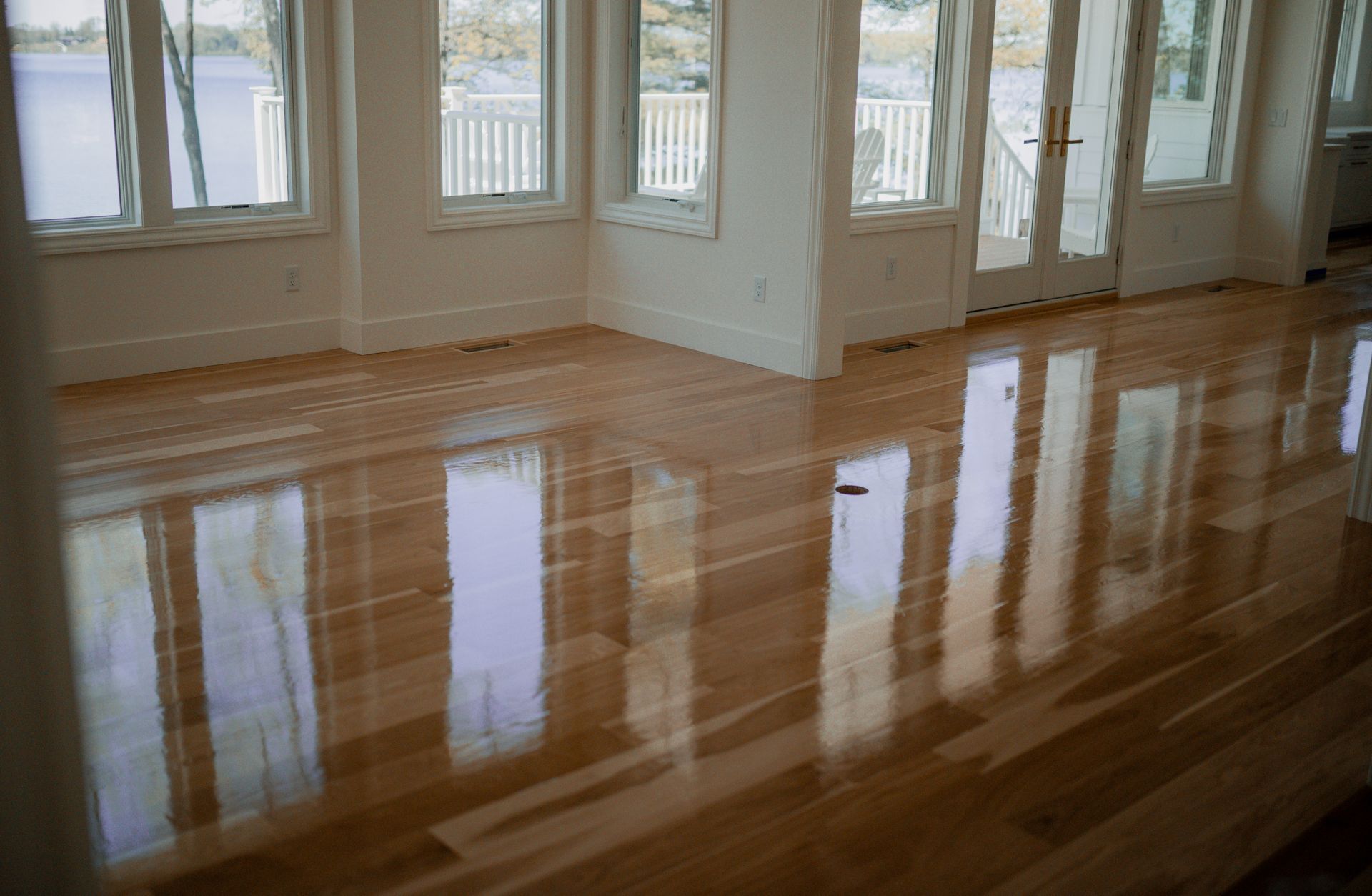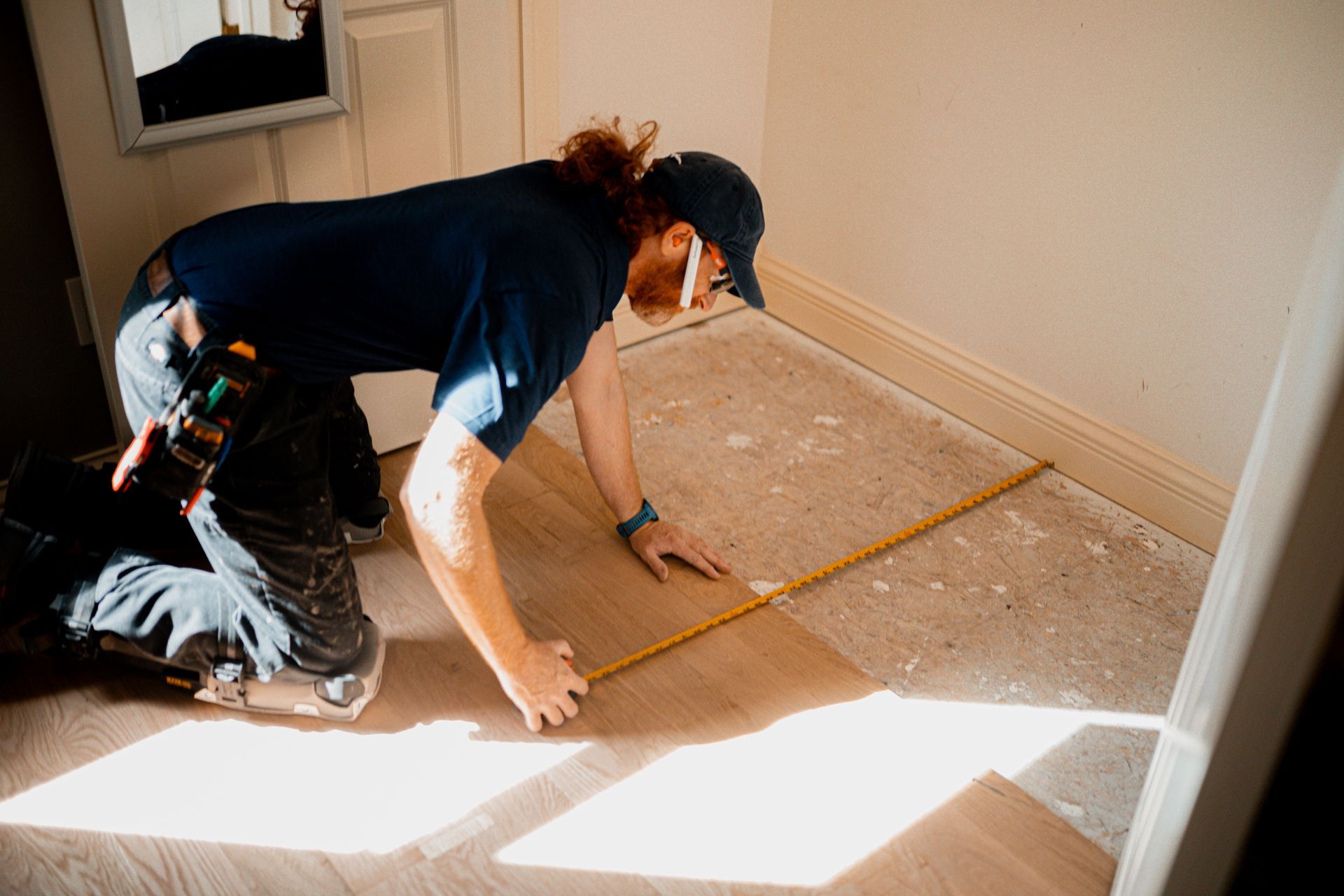Can You Install Hardwood Over Concrete? Here’s What You Need to Know
Can You Install Hardwood Over Concrete?
Did you know that over 60% of homes have concrete slabs as their foundation? If you're among the many homeowners considering hardwood flooring installation, you might be wondering, "Can I install hardwood over concrete?" The short answer is yes! However, there are several key factors to consider ensuring a successful installation. In this guide, we will provide you with comprehensive insights into installing hardwood flooring over concrete, including the best practices, potential challenges, and essential tips for making the process as smooth and effective as possible. By the end of this post, you’ll be equipped with the knowledge to make informed choices about your flooring project.
Understanding Concrete and Hardwood Flooring
Concrete is a popular choice for foundational support in homes due to its durability and strength. However, many homeowners face the challenge of choosing the right flooring option to pair with it, especially when considering hardwood flooring. While hardwood offers a classic aesthetic and warm feel, installing it over concrete requires careful consideration. In this post, we’ll consider the critical aspects of installing hardwood over concrete.
Benefits of Hardwood Flooring
Hardwood flooring comes with numerous benefits, such as:
- Aesthetic Appeal: Hardwood floors elevate the look of any room, adding value and style to your home.
- Durability: When maintained properly, hardwood floors can last for decades.
- Easy Maintenance: Regular sweeping and occasional mopping keep hardwood floors looking great.
- Versatility: Available in various species, colors, and finishes, hardwood flooring can complement any decor.
The Mechanics of Installation
When it comes to installing hardwood over concrete, engineered hardwood is generally recommended for optimal long-term performance. Here’s why:
- Engineered vs. Solid Hardwood: Unlike solid hardwood, engineered hardwood is composed of multiple layers that enhance its stability, making it less likely to warp or expand in response to moisture and temperature changes.
Installation Methods
There are primarily two methods for installing hardwood over concrete:
- Glue-Down Method: This involves gluing the flooring directly to the concrete slab using full trowel glue. It is a widely-used method for installing engineered hardwood over concrete and offers a strong bond that helps minimize movement.
- Cork Underlayment: Another effective option is to first glue down a cork layer onto the concrete and then glue the hardwood to the cork. This method not only provides insulation but also absorbs some of the sound, making it a quieter option.
Preparing the Concrete Surface
Prior to installation, it is vital to ensure that the concrete surface is adequately prepared:
- Flatness: The concrete must be level to prevent any uneven surfaces, which can lead to complications later on.
- Moisture Testing: Conduct moisture tests to ensure that the concrete slab is dry enough to withstand the installation of hardwood. High moisture levels can cause mold, mildew, and warping of the wood.
Addressing Potential Challenges
Installing hardwood flooring over concrete comes with challenges. Here’s how to address them:
- Leveling the Concrete: If the concrete surface isn’t flat, you may incur additional costs to level it out before installation.
- Increased Material Costs: Gluing the floor down, whether to concrete or cork, can require additional adhesive, adding to your overall cost.
The Process: Step-by-Step
Step 1: Prep Your Space
- Remove any existing flooring to expose the concrete slab.
- Clean the concrete thoroughly to ensure no dust or debris will impede adhesion.
Step 2: Conduct Moisture Tests
- Use a moisture meter to check for levels. Ideally, the slab should register less than 4% moisture content.
Step 3: Level the Concrete
- If necessary, use a self-leveling compound to ensure an even surface.
Step 4: Choose Your Installation Method
- Decide whether to glue down directly or to use a cork underlayment. Prepare your materials accordingly.
Step 5: Apply Adhesive and Install
- Follow manufacturer instructions for applying the adhesive, then lay the hardwood flooring in place, ensuring each piece is securely bonded.
Maintenance of Hardwood Flooring Over Concrete
Once installed, maintaining hardwood flooring is essential to ensure its longevity:
- Regular Cleaning: Use a broom or vacuum to remove particles. Wash occasionally with a damp mop and a safer hardwood cleaner to avoid damaging the finish.
- Avoid Water Damage: Promptly clean spills and avoid excessive moisture exposure to prevent warping.
- Routine Inspections: Check seams and edges for signs of wear or moisture issues periodically.
Resale Value and Aesthetic Impact
Investing in hardwood flooring can significantly enhance your home’s marketability:
- Appeal to Buyers: Homes featuring hardwood flooring are often more attractive to prospective buyers, providing a good return on investment.
- Timeless Look: The beauty of hardwood is perpetual and transcends design trends, making it a safe choice for property value preservation.
So Now What?
By understanding the nuances of installing hardwood over concrete, you can create a beautiful and reliable flooring solution in your home. With careful preparation, a sound installation method, and continued upkeep, hardwood floors can enhance both your space and the value of your property. Still have questions about your hardwood flooring project?
Schedule a free consultation with us; we're happy to assist you!



